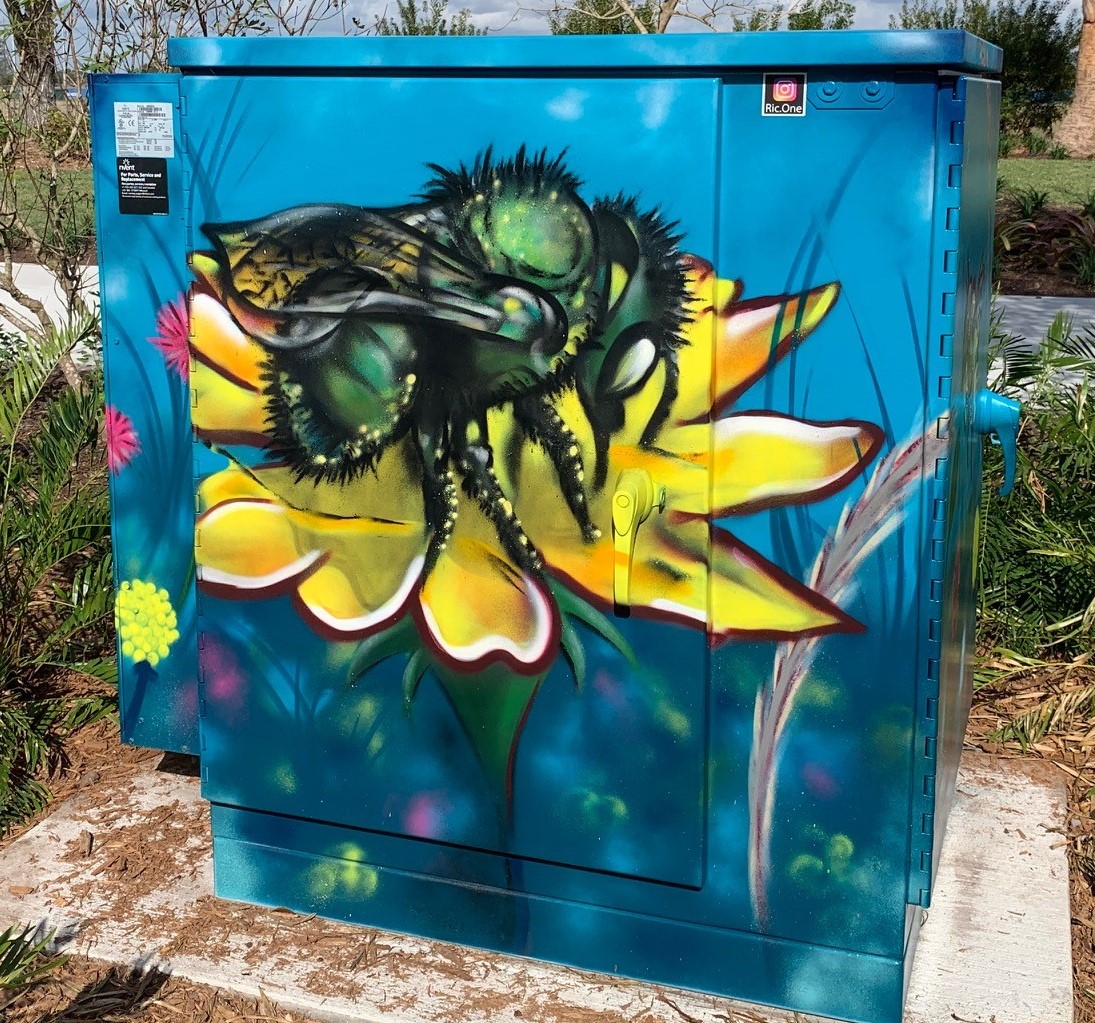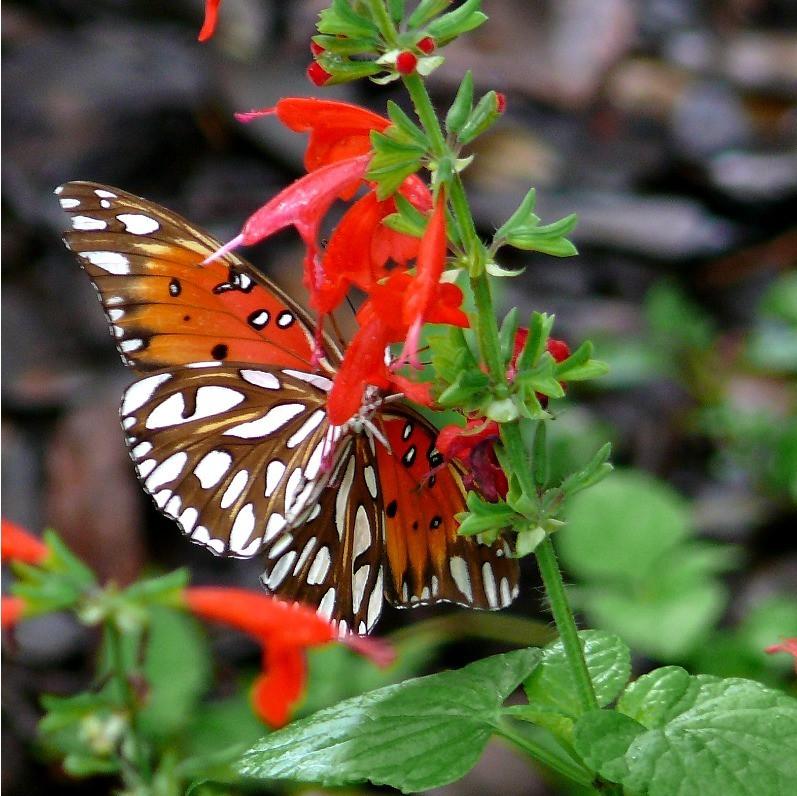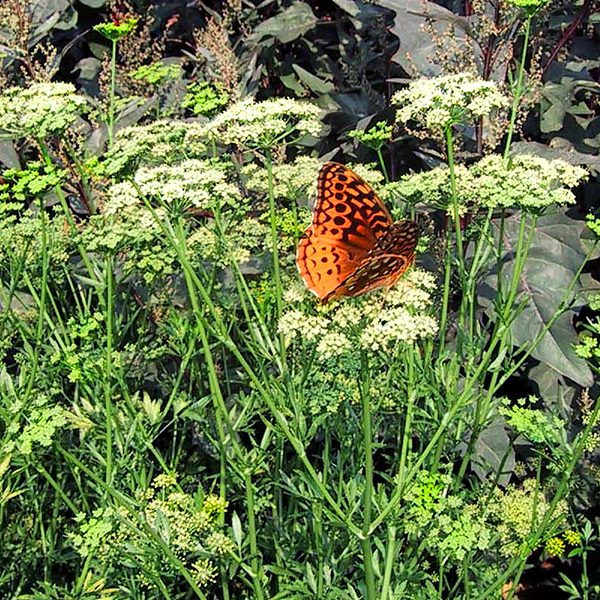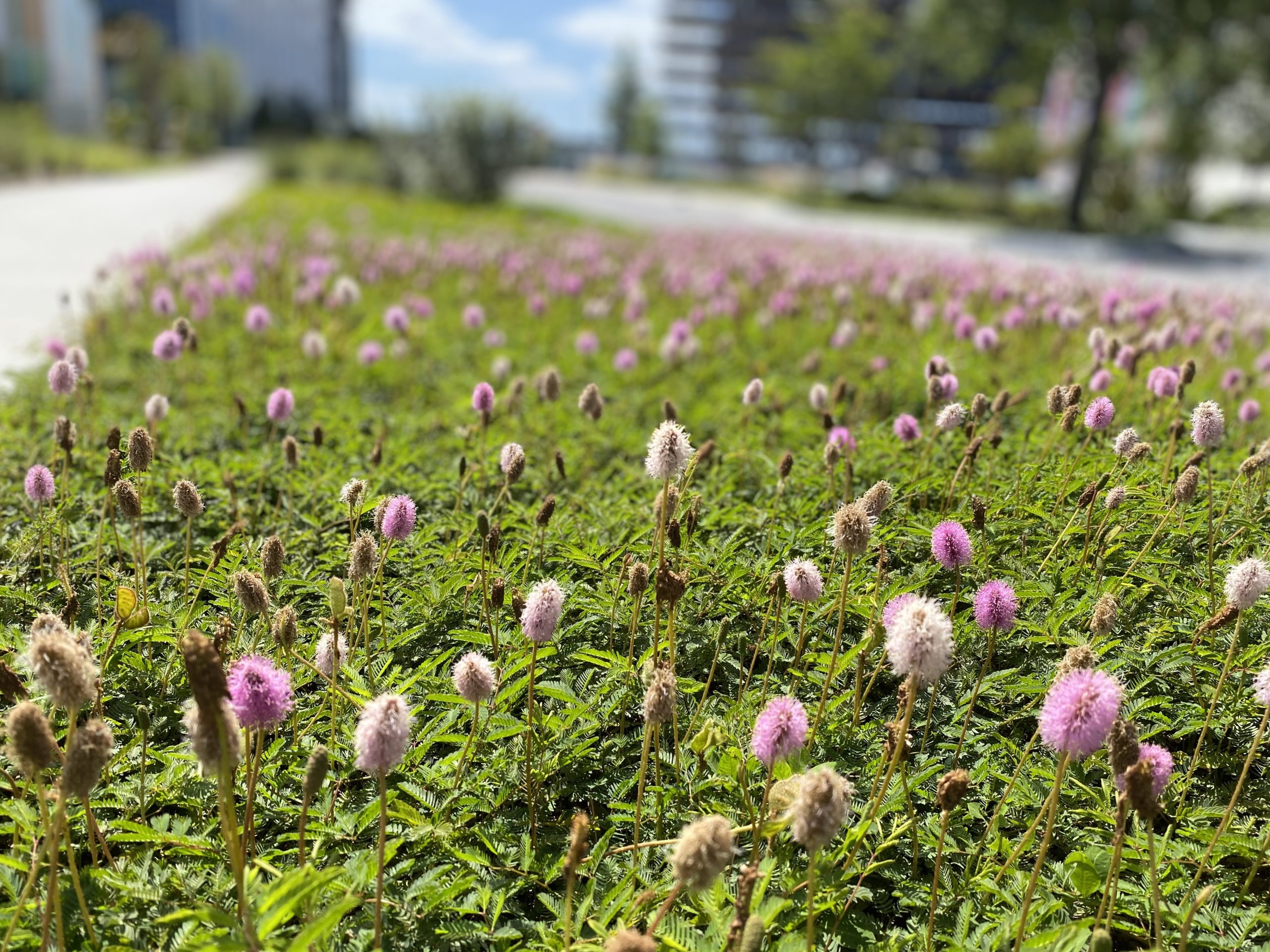Extraordinary Ecosystem
How Lake Nona’s landscape architects are enhancing our area’s wildlife habitat
April 25, 2022
Earth is home to an awe-inspiring array of ecosystems – from the exotic rainforest and arid desert to the familiar Florida swampland – where multiple layers of living things work together, dependent on each other to thrive. And while each ecosystem is unique, none are quite as special as the one where we live. In Lake Nona, our community is home to countless ecosystems – from wildflower meadows and lakes to trail systems and conservation areas – that each serve a purpose while working together to support the environment.

Tasked with making sure our natural environment continues to flourish is Lake Nona’s talented landscaping team. To achieve this goal, they focus on enhancing wildlife habitats by adding plants and trees that not only benefit the environment, but make our community beautiful.
If you ask Lake Nona’s Director of Landscape Architecture Jeff Thompson, the best way to grow the Lake Nona ecosystem is to start small. You may have noticed colorful new flowers and plants located in different pockets around the community from Lake Nona Town Center to Laureate Park. These vibrant plants have been specifically selected to attract mason bees – the queen bee of pollinators. Mason bees are 100x more effective at pollinating than honeybees.
“Mason bees are terrific pollinators and are key to sustaining our ecosystem by helping plants reproduce,” said Thompson. “And they’re solitary unlike honeybees. This makes them much more docile and they can adapt better to a modern suburban environment like Lake Nona.”

But mason bees aren’t the only insects buzzing into Lake Nona. Blooming nectar plants are also attracting butterflies. Did you know that Florida is home to more than 200 species of butterflies? From Monarchs and Swallowtails to Zebra Longwings (our state butterfly), there are so many different species that have a home in Lake Nona. Starting your own at-home butterfly garden is easier than you think. Check out some tips from Jeff on how you can build one at home.


Rising above the flowerbeds are the ecosystem’s foundation – trees. And in Lake Nona, we have a lot of them. From conservation areas to new landscaping additions, trees are crucial to a productive ecosystem.
Since 2018, Lake Nona’s tree relocation program has moved more than 600 trees, including oaks, palms, crepe myrtles, and maples, to new homes throughout the community. These mature trees add immediate value to the Lake Nona ecosystem. Thanks to their wide canopies, mature trees provide shade, and nesting and sheltering space for birds, mammals and insects.
In the Lake Nona Sculpture Garden, nearly 300 hand-selected, Florida-grown palm trees joined the Lake Nona ecosystem providing habitats for birds like grackles, wrens and cardinals. In addition to the palms, the garden features climbing vines, fragrant shrubs including ylang-ylang, gardenia and night-blooming jasmine that will bloom seasonally. Beyond the Sculpture Garden, the surrounding meadow features a mix of native plants for pollinators including wildflowers and the Powderpuff Mimosa – a versatile groundcover plant that blooms all summer long with cheerful pink flowers.

Home to more than 1,000 acres of lakes and waterways, the bodies of water in Lake Nona also play a critical role in our community’s ecosystem. To help the lakes and waterways thrive, the Lake Nona landscaping team focuses on planting on the littoral shelf – the area between the body of water and the banks surrounding it. When planted, it creates a fertile border around the water adding to both the function and beauty of the area. In fact, littoral plants are one of the most productive parts of the ecosystem. These plants provide food and shelter for fish and clean the water. As the waterway thrives, it begins to attract larger fish, reptiles, mammals and birds expanding the ecosystem.
On top of enhancing wildlife habitats, the Lake Nona landscaping team has also helps find eco-friendly solutions for community problems. When it became difficult to enjoy the lake at Canvas Restaurant & Market due to pesky Florida mosquitos, the team suggested adding gambusia fish (commonly known as mosquito fish) to the lake. These freshwater fish have an appetite for mosquito larvae and help make the lake more enjoyable for residents and visitors.
When the Florida sun makes it too hot to enjoy the Lake Nona trails, shade can be added by introducing trees that also contribute to the ecosystem. The landscaping team is planning to add long-leaf pines along the shell trails in Laureate Park. Long-leaf pines are native to the Southeast and can grow very quickly. The tree’s giant, nutrient-filled seeds make a good snack for animals are a favorite of the fox squirrel. Fox squirrels are native to Florida and, unlike common gray squirrels, are not territorial. The landscaping team hopes this new addition will attract some of the local fox squirrels to Lake Nona and further add to the richness of our ecosystem.